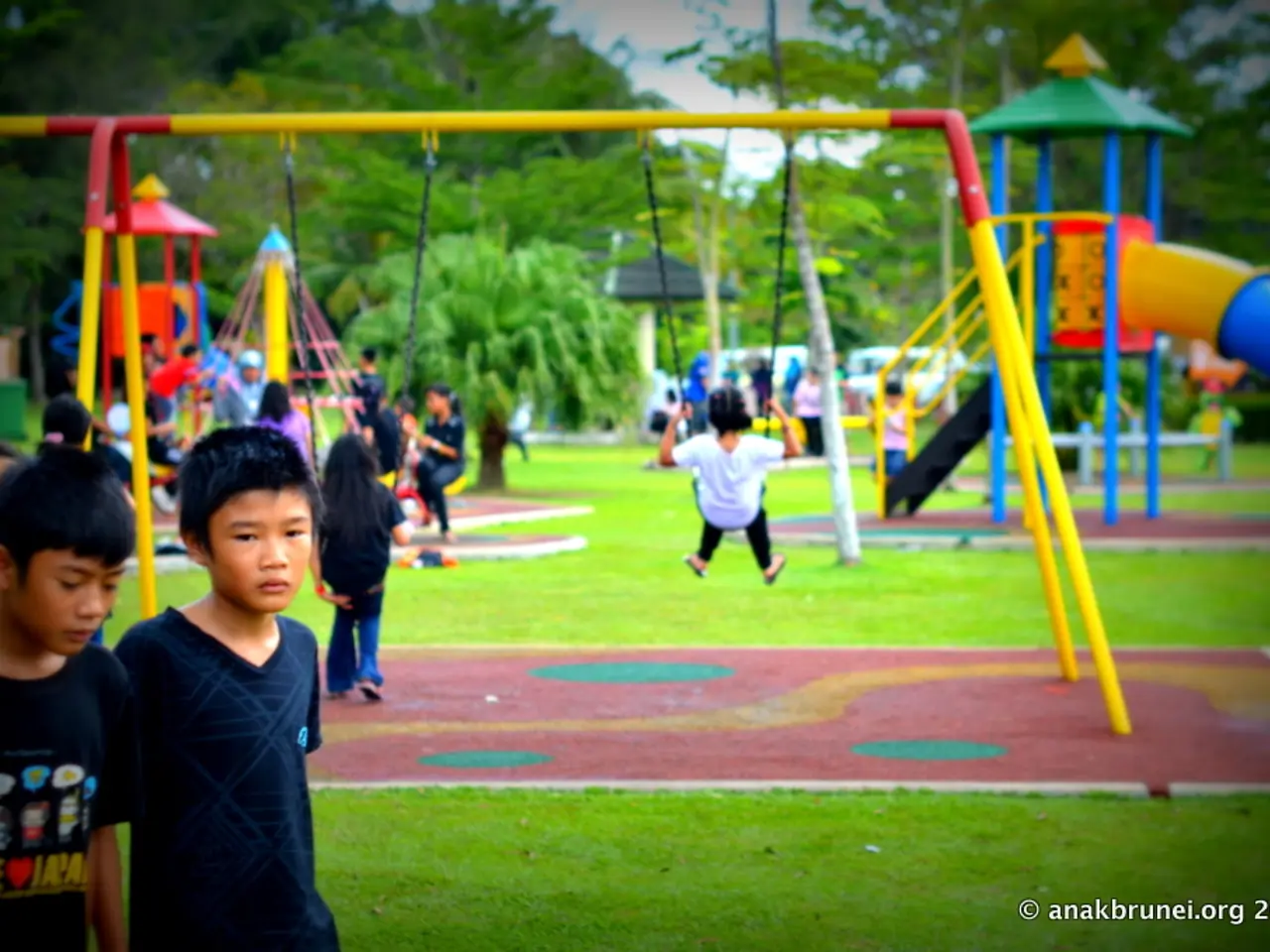Enthusiastic Involvement of Young People in Preserving and Discovering National Parks
National parks serve as vibrant outdoor classrooms for young people, offering opportunities to learn, work, and play in a natural setting. Programs like the Youth Conservation Corps (YCC) in parks such as Yellowstone provide teens with hands-on experience in resource management and recreational activities that broaden their horizons and build lifelong skills.
Youth involvement in national parks fosters a deeper connection to nature and instills a sense of shared stewardship. For instance, young volunteers like Anthony Kousharian at Muir Woods National Monument have made significant contributions by making scientific and cultural information accessible and engaging to the public, thereby increasing visitor engagement and inspiring others to participate in conservation.
Educational programs at national parks, such as those at Gateway Arch National Park, offer student-centred, interactive learning aligned with educational standards. These programs encourage critical thinking, empathy through multiple perspectives, and active participation, often subsidised for schools in need to increase accessibility. Federal policies like the Every Kid Outdoors Act further support youth access to national parks, ensuring more young people can benefit from these experiences.
When choosing a national park for youth education and engagement, consider the following factors:
1. Program availability and focus: Look for parks with structured youth programs like YCC or educational initiatives that engage teens in active learning and conservation work. 2. Educational support: Parks that offer curriculum-aligned, interactive, and inclusive programming facilitated by knowledgeable staff enhance meaningful learning experiences. 3. Youth engagement opportunities: Opportunities for youth to contribute through volunteering, internships, and leadership roles increase the impact and personal value of the experience. 4. Accessibility and funding: Parks that provide funding support or subsidies for school groups or youth from diverse backgrounds help enable participation and reduce barriers. 5. Cultural and ecological diversity: Choosing parks that integrate diverse cultural narratives and environmental topics can deepen understanding and foster respect for different perspectives.
Visiting multiple national parks as part of a vacation can synergize the visit with other interesting outdoor activities. National parks with fewer visitors or off-peak seasons can provide a less congested environment for learning. Most national parks have historic sites that can facilitate historical research for young scholars.
Activities in national parks, such as hiking and biking, enhance physical health and emotional well-being. Integrating visits to national parks into the school curriculum can provide a holistic educational experience. Youth activities in national parks nurture environmental stewardship by teaching the importance of preserving natural and cultural resources. They also challenge young people to develop critical thinking and leadership skills.
Weather conditions at the chosen national park should be considered for a memorable and educational visit. With careful planning and consideration, national parks offer a wealth of opportunities for youth education and engagement, fostering personal growth, environmental stewardship, and a lifelong appreciation for our natural and cultural heritage.
[1] National Park Service. (n.d.). Youth Conservation Corps. Retrieved from https://www.nps.gov/ycc/index.htm [2] National Park Service. (n.d.). Youth Volunteer Programs. Retrieved from https://www.nps.gov/subjects/youth/volunteer.htm [3] National Park Service. (n.d.). Education Programs. Retrieved from https://www.nps.gov/subjects/education/index.htm [4] National Park Service. (n.d.). Gateway Arch National Park. Retrieved from https://www.nps.gov/jeff/index.htm [5] U.S. Department of the Interior. (2021). Every Kid Outdoors Act. Retrieved from https://www.doi.gov/every-kid-outdoors-act
- National parks offer young people a unique opportunity to explore, travel, and gain hands-on experience in resource management and recreational activities.
- The Youth Conservation Corps (YCC) in parks like Yellowstone provides a platform for teens to be a part of history and contribute to the conservation efforts of our national parks.
- Engaging in programs at national parks helps young people broaden their horizons and develop lifelong skills, fostering a deeper connection to nature and instilling a sense of shared stewardship.
- Educational programs in national parks, such as those at Gateway Arch National Park, align with educational standards and encourage critical thinking and empathy.
- young volunteers like Anthony Kousharian at Muir Woods National Monument contribute to making scientific and cultural information accessible to the public, thereby increasing visitor engagement and inspiring others to participate in conservation.
- By considering program availability, educational support, youth engagement opportunities, accessibility, cultural and ecological diversity, and weather conditions, young people can make the most of their national park trips.
- Opportunities for volunteering, internships, and leadership roles can increase the impact and personal value of the experience in national parks.
- Federal policies like the Every Kid Outdoors Act support youth access to national parks, ensuring more young people can benefit from these experiences.
- Visiting multiple national parks as part of a vacation can provide a holistic educational experience, combining learning with other interesting outdoor activities.
- National parks with fewer visitors or off-peak seasons can offer a less congested environment for learning.
- Besides educational opportunities, national parks also provide vibrant landscapes, ecosystems, and outdoor adventures for hikers and nature lovers.
- Pursuing activities like hiking and biking in national parks can enhance physical health and emotional well-being.
- Integrating visits to national parks into the school curriculum can nurture environmental stewardship and teach the importance of preserving natural and cultural resources.
- National parks also serve as outdoor classrooms for learning about science, history, and the environment.
- Educational and recreational programs in national parks are facilitated by knowledgeable staff, ensuring meaningful learning experiences for young visitors.
- Engaging in educational programs, exploration, and outdoor activities in national parks contributes to personal growth, environmental stewardship, and a lifelong appreciation for our natural and cultural heritage.




